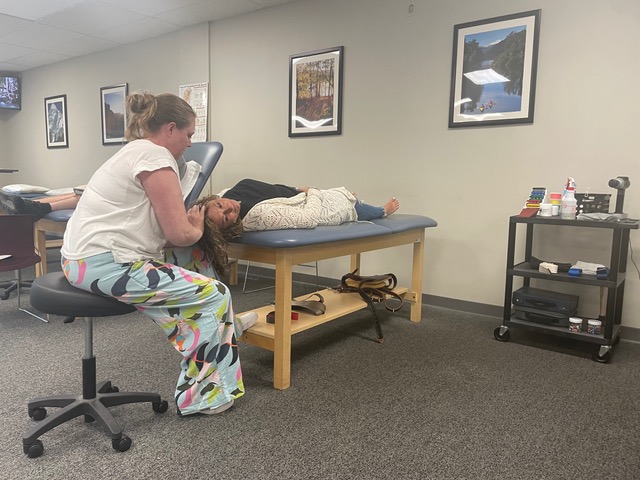A Patient’s Guide to BPPV
Are you recently diagnosed with Benign Paroxysmal Positional Vertigo (BPPV) and looking for treatment? While BPPV can be a frustrating and disruptive condition, the good news is that it is easily treatable with physical therapy.
What is a BPPV?
Benign paroxysmal positional vertigo is an inner ear problem that causes short periods of dizziness when your head is moved in certain positions. Most commonly, it occurs when laying down, turning over in bed, and looking up.
What are the symptoms of BPPV?
Symptoms of BPPV include the following but not limited to:
- Sudden spinning sensations
- Loss of balance
- Nausea
- Rapid and involuntary eye movements
What causes BPPV?
BPPV occurs due to debris moving from one part of the inner ear to another. These debris called otoconia are crystals that are supposed to be attached to a part of the inner ear. In BPPV, the crystals become loose and go into one of the semicircular canals. When you move your head a certain way, the crystals move inside the canal, irritate nerve endings, and cause dizziness.
What are the treatment options for BPPV?

At Advanced Physical Therapy, we help patients with BPPV regain their balance and reduce symptoms. Our experienced physical therapists use a variety of techniques, including the Epley maneuver, to move the calcium crystals back into their proper position and alleviate dizziness and vertigo.
If you’re experiencing symptoms of BPPV, do not suffer in silence! Our team of skilled therapists will help you get back to feeling like yourself again. Our patients have had successful outcomes. Contact us today to schedule an appointment.

